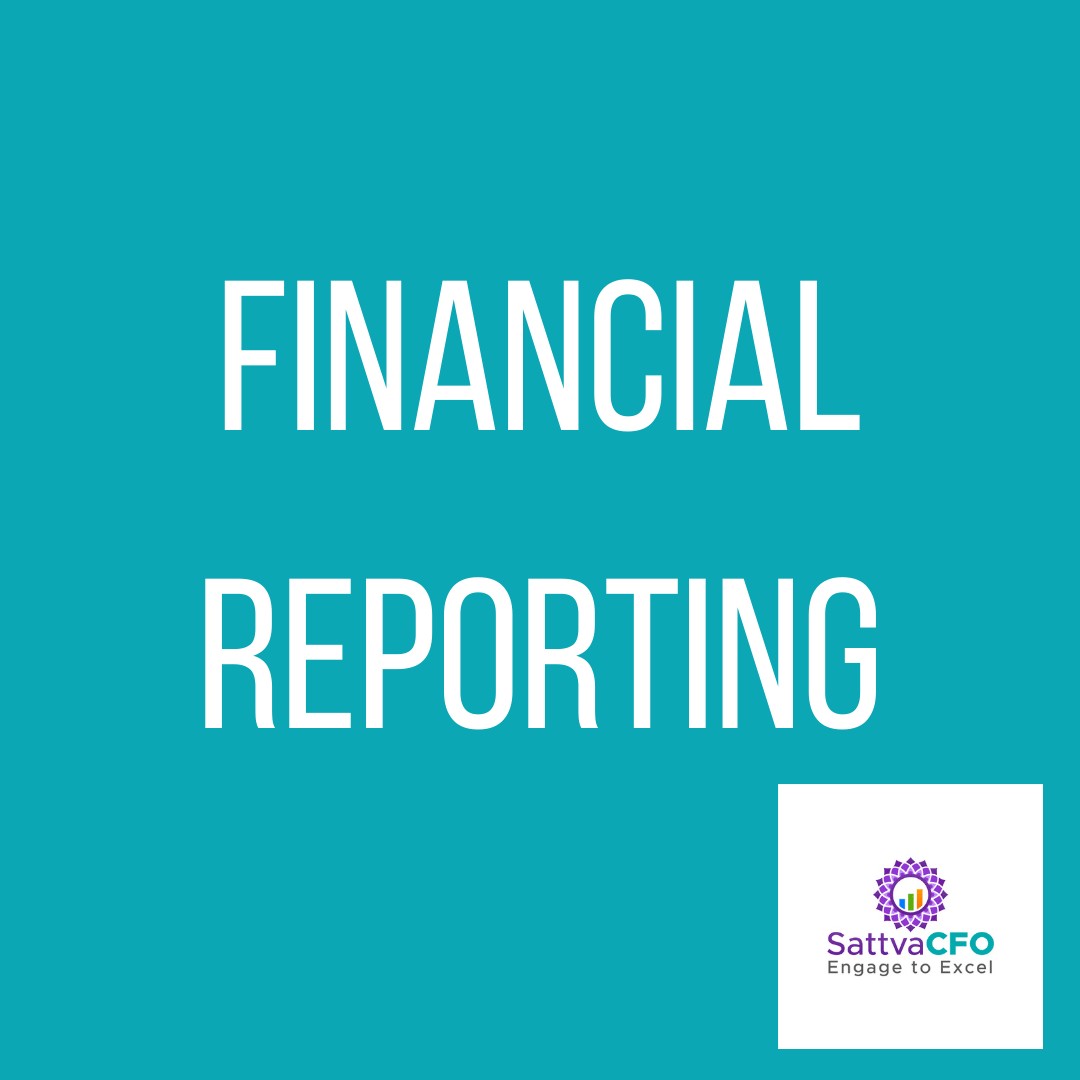What is Financial Reporting?
Financial Reporting (FR) is a typical accounting procedure in which financial statements reveal a company’s financial information and performance over a specific period, usually annually or quarterly. A financial report, in basic terms, is essential for understanding how much money you have, where it comes from, and where it needs to go. Financial reporting allows managers to make informed business decisions based on the financial health of the organization. Potential investors and banks will also use your company’s financial reporting to determine if they want to invest or lend you money. financial report example, financial reporting and analysis,
What are the different types of Financial Reporting?
A financial statement is a written document that details a company’s financial information and operations. The government, accounting firms, or independent accountants audit these statements for accuracy.
Balance Sheet
A balance sheet shows the assets, liabilities, and stockholders’ equity of a corporation at a specific point in time.
Profit & Loss Statement
The profit and loss statement, often known as an income statement, summarises a company’s sales, expenses, and earnings. The income statement indicates how much money a company made or lost over some time, and it is used to calculate its net income or bottom line.
Notes to Accounts
Notes to accounts are documents that accompany a company’s final accounts or financial statements and provide additional information.
Cash Flow Statement
A cash flow statement (CFS) illustrates how much money flows in and goes out of a company. The CFS provides stakeholders with an understanding of how a company runs and manages cash to pay down debt, support current expenses, and make future investments.
Statement of Change in Equity
The reconciliation of shareholder’s equity’s opening and closing balances is known as the Statement of Changes in Equity. It’s a financial statement that summarises the transactions involving the shareholder’s equity over a fiscal year. This report tracks changes in retained earnings, other reserves, and share capital, such as the issuance of new shares and the payment of dividends.
Income & Expenditure Account
The Income and Expenditure Account summarizes all income and expense items for the current accounting period. It is constructed to determine if current incomes exceed current expenses, resulting in a surplus or deficit.
Director’s Report
The Income and Expenditure Account summarizes all income and expense items for the current accounting period. It is constructed to determine if current incomes exceed current expenses, resulting in a surplus or deficit.
Auditor’s Report
The auditor’s report is a formal opinion, or disclaimer thereof, published as a consequence of an internal or external audit by either an internal auditor or an independent external auditor as an assurance service to allow the user to make decisions based on the audit results.
Corporate Governance Report
The annual corporate report is another name for a corporate governance report. It includes a declaration of corporate governance procedures and compliance, board composition information, performance statements, and compliance and conformance with best practices for effective corporate governance.
CSR – Corporate Social Responsibility
Corporate social responsibility (CSR) is a sort of international private business self-regulation that tries to contribute to philanthropic, activist, or charitable, societal goals by volunteering or supporting ethically-oriented actions.
Earnings Call
A conference call between a public company’s management, analysts, investors, and the media to discuss the company’s financial results during a specific reporting period, such as a quarter or fiscal year, is known as an earnings call.
What is the importance of Financial Reporting?
It’s difficult to tell how well a company is going financially without financial reporting. Financial reports are required by law for taxes and standard accounting standards, not merely for management and investors to analyze a company’s financial soundness. When a company needs to make a critical decision, it’s critical to analyze and comprehend financial statements. Financial reports enable management to spot patterns, avoid potential stumbling blocks, and keep a close eye on their financial performance in real-time. Keeping track of your financial statements will provide you with the foundation you need to make rapid and informed financial decisions when the time comes.
Financial statements give owners and executives a clear picture of their company’s current assets and liabilities. Also, how they should manage their company’s outstanding debt properly in the future. External stakeholders must conduct due diligence on a company’s financial status before making a formal investment. Financial reporting is a powerful tool for demonstrating a company’s financial integrity and gaining the trust of potential investors and creditors.
What is the purpose of Financial Reporting?
The financial statements’ main aim is to offer information about an organization’s results of operations, financial status, and cash flows. Readers use the information in financial statements to make decisions about resource allocation. Each of the financial statements has a particular purpose at a more detailed level. The income statement tells the reader about a company’s ability to make money. Depending on how spending data is pooled, it also indicates the volume of sales and the nature of various sorts of expenses. The income statement can be used to assess trends in the results of firm operations when looked at over several periods.
FAQ’s on Financial Reporting
What is operating revenue?
The revenue generated by selling a company’s products or services is referred to as operating revenue. The production and sale of automobiles provide operating revenue for an automobile manufacturer. Operating revenue is generated by a company’s fundamental business activities.
What is the difference between revenue and retained earnings?
Revenue and retained earnings are indicators of a business’s financial health. The income statement’s most important component is revenue. It indicates the company’s top line or the sales made during the time period. The total of a company’s net profits and net losses across all of its years of existence is known as retained earnings. On the balance sheet, retained earnings make up a portion of the stockholders’ equity.
How SattvaCFO can support in Financial Reporting?
Financial reports are critical for maintaining a company’s reputation, ensuring compliance, and keeping an eye on the company’s general health.
SattvaCFO experienced professional can support your organisation in preparing Financial Report. Please contact us.
Also read




